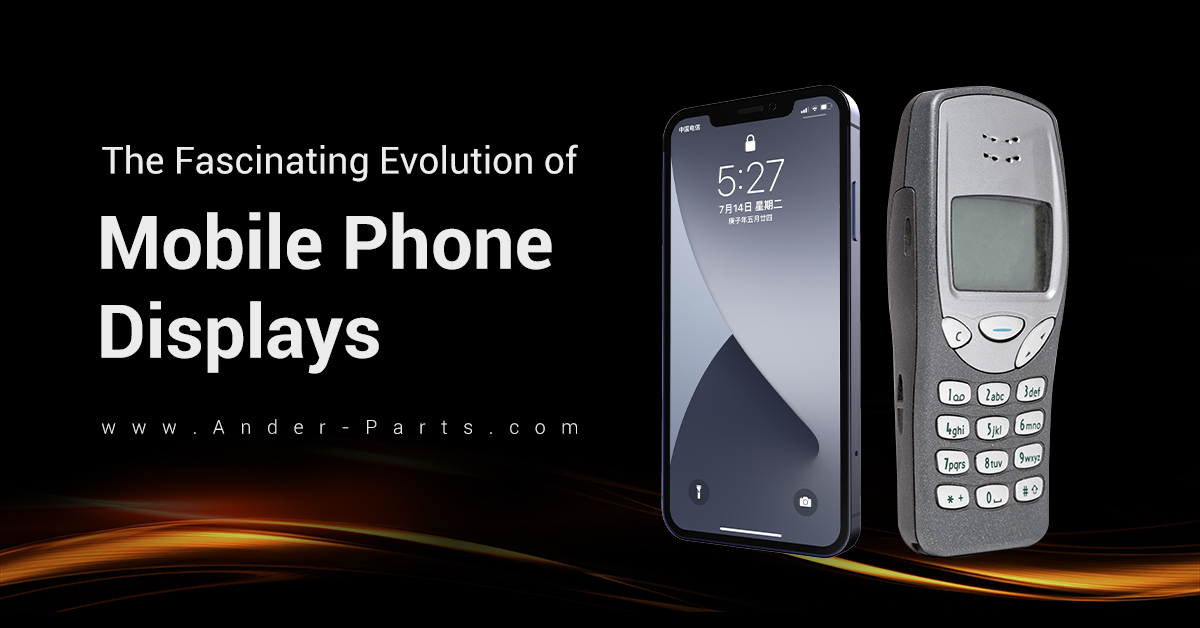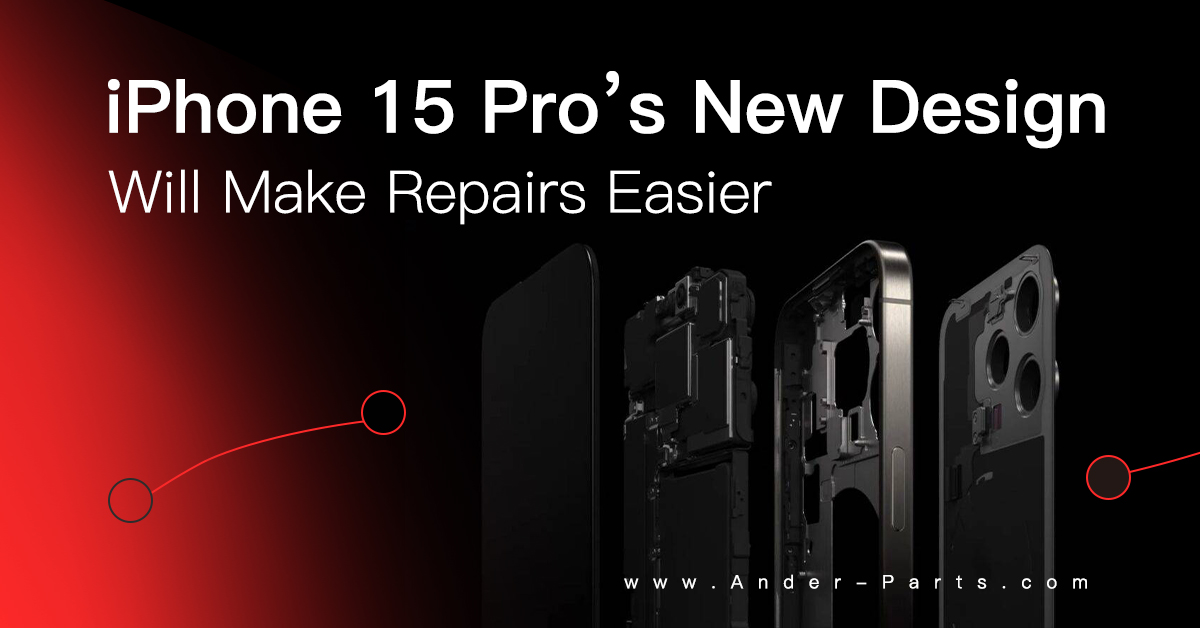

Since the early 20th century, when the first mobile phone was introduced, the evolution of mobile phone screens has been remarkable, encompassing improvements in color, touch capabilities, form factors, and materials. The development of mobile phone screens has brought users better visual experiences, increased functionality, and a wider range of entertainment options. The following are key milestones in the development history of mobile phone screens:
I. Early Mobile Phone Screens: Simple and Monochromatic
- In the 1980s, the earliest mobile phones featured simple monochrome liquid crystal displays (LCDs).
- Limited to display basic information like incoming call numbers and call duration.
- Small screen size, low resolution, and minimal display capabilities. User interaction was primarily through physical buttons.
II. Transition to Color Screens
- During the early stages of mobile phone development, monochrome screens were gradually replaced by color screens.
- Color screens could display multiple colors, enhancing visual effects and enabling users to enjoy images, videos, and games with richer experiences.
- This technological innovation significantly improved the multimedia capabilities of mobile phones, making them versatile entertainment devices.
III. Pioneering Touchscreen Technology
- The introduction of touchscreen technology revolutionized the mobile phone industry.
- Touchscreens allowed users to interact directly with the screen, enabling intuitive gestures like swiping, tapping, and pinching to navigate and control the device.
- The iPhone’s release by Apple in 2007 led the way for touchscreen adoption, making it a standard feature in modern smartphones and tablets and providing users with more convenient and flexible interactions.
IV. Rise of High-Definition Screens
- With the rapid advancement of mobile networks and multimedia technologies, demand for high-definition displays increased.
- Mobile phone screens evolved to offer higher resolutions, progressing from standard resolutions (e.g., 240×320 pixels) to high definition (HD), full high definition (FHD), 2K, and even 4K resolutions, allowing users to enjoy high-quality video and images on their phones.
V. Emergence of Flexible Screen Technology
- Recent years have seen the introduction of flexible screen technology, enabling new possibilities in mobile phone design.
- Utilizing flexible organic light-emitting diode (OLED) technology, screens are no longer limited to traditional flat panels but can be curved, folded, or even rollable.
- This advancement not only enhances portability but also opens up new potential for multitasking and user experiences.
Conclusion:
In summary, the development of mobile phone screens has undergone significant transformations from simplicity to complexity, monochrome to color, and physical buttons to touchscreens. As technology continues to advance, the future prospects for mobile phone screens are highly promising.





